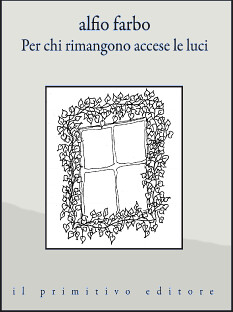
Since some days I keep on repeating a question in my mind: if the so called «art» reproduces nature, or more generally reality, why do we need it?
Caution: I’m not discussing the case «art doesn’t reproduces nature/reality», which is a possibility, maybe even more interesting. What I mean, and what is strongly bounded with the content of this blog, is: if the art is «empty» (because presumed to lack of subject’s filter), why wouldn’t be better an emptiness of art?
Ok, more concretely: if I have to read a haiku (for example the last one posted) which paints an aspect taken from nature or from our cities, though precise and isolated, wouldn’t be better going out and take a walk in the wood or in the city (saving the property of letting us travel to place we never could, which is proper of the art)?
Actually, in my mind, there were two other images, always coming from Japanese culture: Hokusai’s painting «iris and grasshopper», which you can see above, and the scene from an anime (don’t remember which one exactly, maybe Evangelion), in which the last drop of water hangs without falling from a tap, evidently closed shortly before. (I could easily recall so many such images from animes or mangas, since one of their most fascinating quality is their being always so precise in representing details of reality, which are aside from the main story).
Right this last image helped me then to understand one fundamental thing of this sort of art which I defined «empty», one thing which, as an obvious consequence of my usual thoughts about that, I should have neglected until then, and that is the attention and the interest of the one who is writing, or painting or photographing, for the object of his representation.
This selfless and instantly total devotion, which is eventually pure love, in noting an absolutely ordinary detail of reality (not insignificant, but signifier, in the sense that it lacks meaning) is something we can enjoy right through the reading of that sort of haiku.
In this case, we are no more interested in the author’s feelings or emotional states or in his thoughts, but in the little amazement that that particular vision caused him, and therefore the attention devoted to this vision, the will of giving it some place, little, but of its own. It’s not so much the object of the representation itself, the reason of the existence of this art (we keep on calling it so for convenience, trying to forget the solemnity this word evocates. It’s hard, I know!), but the observer’s devotion, which tried to reproduce it without adulterating it with rests of ego-subjectivity but the choose of the detail and the point of observation.
This has nothing to do with the coldness and the hypocrisy of realism. It’s the paradox, magic and very true, of the union, or better said the eclipse, of the dualism subject-object.
In conclusion, we could say that the subject, put out through the door, doesn’t come in at the window, but he stay looking through the keyhole, silently.
Originally posted in Italian on May 25, 2008 at 23:48








No comments:
Post a Comment